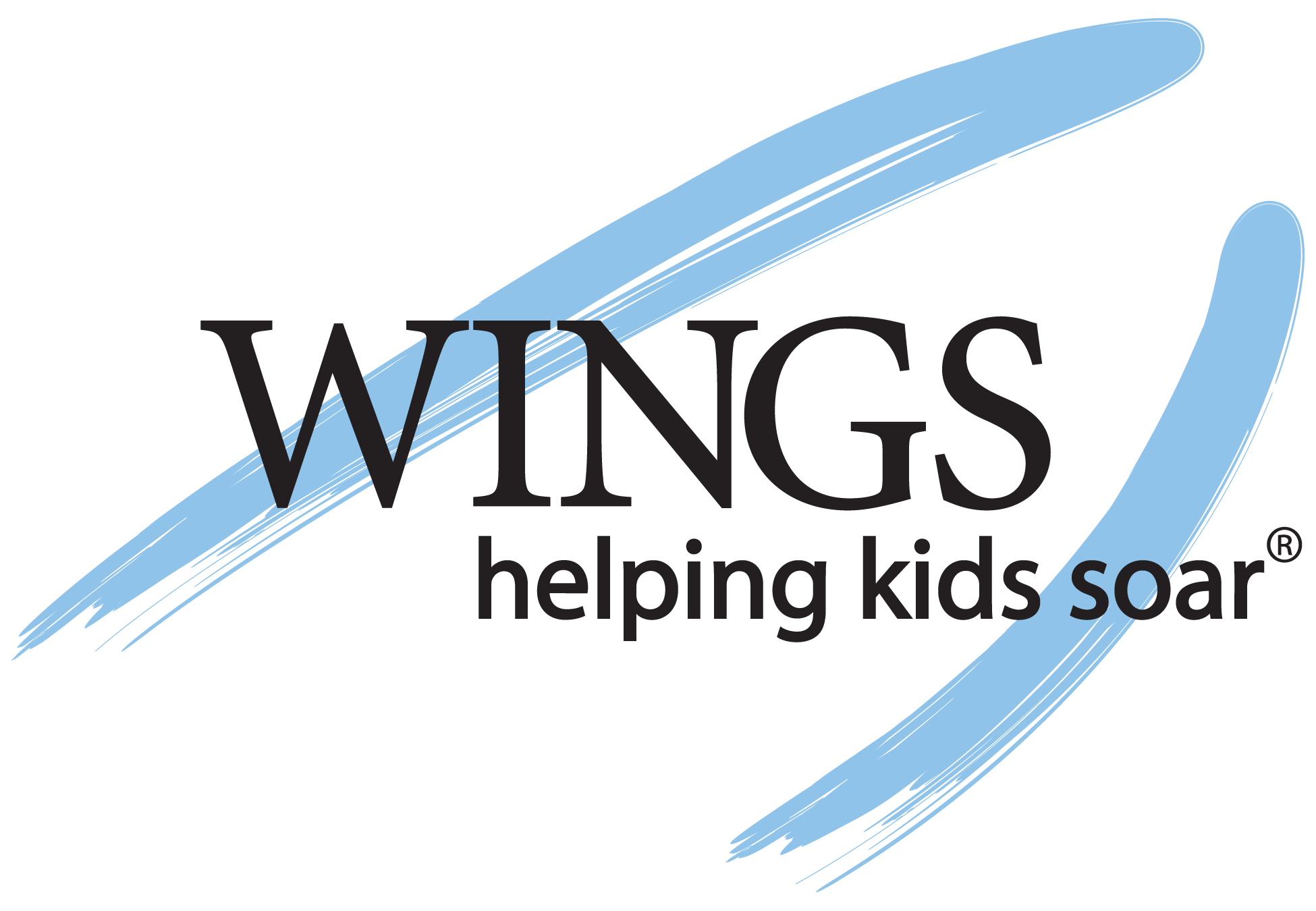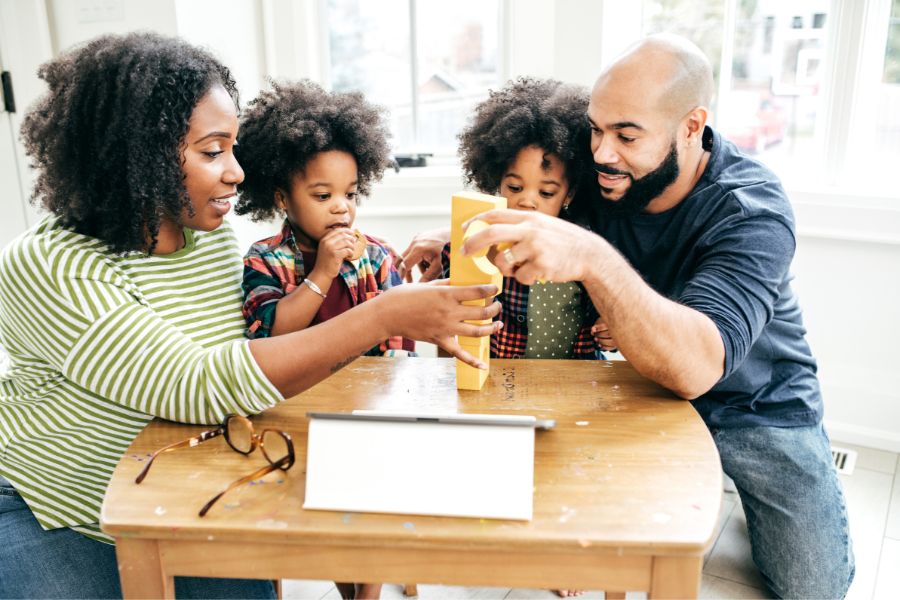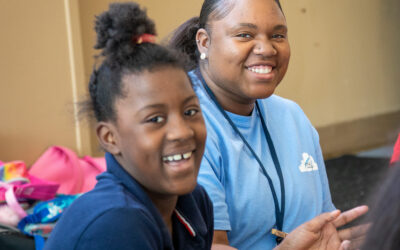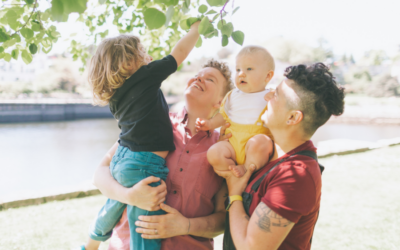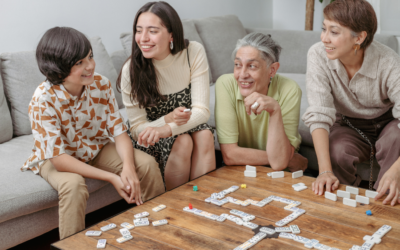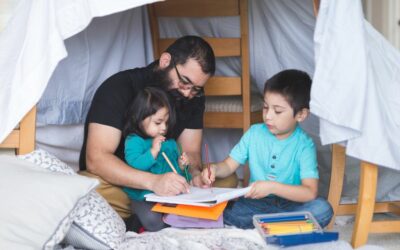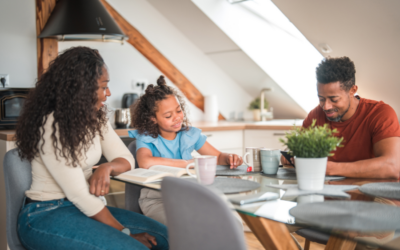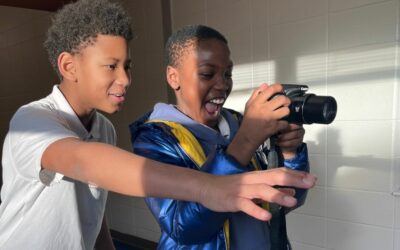Exploring responsible decision-making skills with kids at home is a key aspect of nurturing and fostering vital life skills kids need to thrive. Using actionable strategies and engaging activities, parents and caregivers can empower children to make thoughtful and responsible choices.
Practicing Responsible Decision-Making at Home
We use Words to Live By to help kids learn the fundamental skills of social emotional learning. Words to Live By breaks down the competency into two lessons:
-
I understand the choices I make should be what’s best for me to do: show ability to know right from wrong and make the best choice
-
What happens (as a result of my choices) is on me and not any of you: learn to take responsibility for one’s actions
Showing an Ability to Know Right From Wrong and Making the Best Choice
Engage in open conversations with each other about instances of peer pressure you or your child may have encountered. Take time to discuss how and why you may have reacted in a particular manner.
For example, you might share an experience from your past where you felt pressured to try a risky activity at school. Explain how you initially felt tempted to go along with it to fit in, but ultimately chose not to because you remembered your family’s safety rules. Another family member might offer support by acknowledging the difficulty of the situation and praising the decision to prioritize safety. This type of conversation fosters understanding and reinforces positive decision-making skills within the family.
Tip #2: Discuss consequences
Take the time to talk through the decision-making process family members go through when making choices and what consequences occurred (or could have occurred) because of that choice.
To explain the decision-making process, try using our Skill Builder Avoid a YES Mess. To avoid a YES Mess, a child asks themselves three questions to make a decision about what to do in a situation: Could anyone including me get hurt if I do this? Could I get into trouble if I get caught doing this? Could anything bad happen if I make this choice?
Taking Responsibility for One’s Actions
Tip #3: Make it safe to make mistakes
Mistakes are going to happen. Create an environment where adults and kids feel safe admitting to their mistakes. Have conversations about the mistakes and what can be learned from it.
For example, a child accidentally breaks a valuable item in the house. Instead of getting upset or assigning blame, calmly address the situation. Gather everyone together and acknowledge that mistakes happen, emphasizing that it’s okay to make them as long as we learn from them. Through this open dialogue, the child feels supported rather than criticized, and everyone learns valuable lessons about accountability and problem-solving.
Tip #4: Praise good decision-making
Consistently recognize and praise each other when good choices are made, both big and small.
For example, when a child remembers to put away their toys without being reminded, their parent notices and says, “I noticed how responsible you were in cleaning up your toys today. That’s a big help around the house!” These small but consistent recognitions and praises for good choices, whether they’re helping out around the house or doing a chore without being prompted to, create a positive atmosphere where everyone feels valued and encouraged to continue making good decisions.
